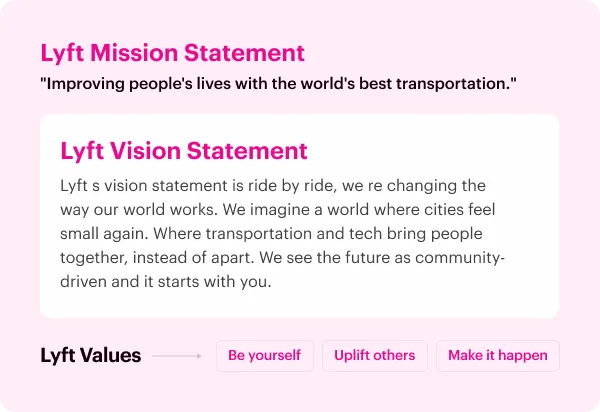Every time we wait for a ride, we often hope that the next car that comes will be our ride. It's a common experience, isn't it?
"Lyft, the second-largest ride-sharing service in the U.S., has transformed a common dream into reality, Lyft has not just competed in the urban mobility market; it has transformed it."

Lyft has woven itself into the fabric of American daily life, serving millions of riders each year.
In this blog, we delve deep into the gears of Lyft’s economic engine. From its humble beginnings to becoming a cornerstone of urban transportation.
We will explore how Lyft doesn’t just connect drivers with passengers but supports a lasting business model in the busy freelance economy. Join us as we uncover Lyft's economic model and how it turns a simple car ride into a profitable business opportunity.
Let's know the LYFT Magical Statistics
- With over 35% of the U.S. market share in 2018.
- Lyft, which accounted for 26 percent of the market in September 2023.
- 90% of Lyft drivers work or are students in addition to driving with Lyft.
- 94% of Lyft drivers drive fewer than 20 hours per week.
Lyft Revenue and Usage Statistics (2024) - Business of Apps

Lyft’s Economic Model Explained
At its core, Lyft follows a simple yet effective economic strategy: connect drivers with passengers, ensure timely rides, and make the process as seamless as possible.
Co-founders Logan D. Green and John Zimmer pioneered this model, focusing on the idea that anyone with a car should feel comfortable offering rides. This has fostered an inclusive and expansive network of drivers and riders.
Revenue Streams
1. Rider Fees
Lyft charges riders based on several factors, including distance, time of day, and more. According to previously available data, before payouts to drivers, Lyft collected $8.1 billion from riders in 2018, translating to $2.2 billion in sales. This underscores how direct revenue from rides forms the backbone of Lyft’s financial structure.
2. Commission
For every ride, Lyft takes a 20% commission, leaving the remaining 80% for the drivers. This commission system is crucial as it scales with the number of rides, directly impacting Lyft's overall revenue.
3.Subscription Revenue Model

Lyft offers various subscription plans that provide riders with benefits such as discounted fares and priority service, creating a consistent revenue stream.
4. Surge Pricing Model
During high demand, Lyft implements surge pricing, which increases the cost of rides, effectively boosting revenue per ride during peak times.
Diversified Services
Lyft has expanded beyond just ride-hailing to include several other services:
- Car Rentals:Offering cars on rent for those who need a vehicle for longer durations.
- Food Delivery: Partnering with restaurants to deliver food, a service that gained traction, especially during the pandemic. More details can be found in a recent report by Food and Wine.


Innovative Beginnings and Community Impact
The original company started with carpooling in 2007 and is evolving this idea in the mobile world. Logan Green and John Zimmer started Lyft in 2012 with the initial tagline, "Your friend with the car." The company was the first to introduce the concept of on-demand rides using personal vehicles, emphasizing peer-to-peer service.
This initiative not only democratized car ownership but also created a private network that offers an alternative to traditional public transportation.
Conclusion
Lyft's innovative approach to urban mobility has not only reshaped how we think about transportation but also set the stage for future advancements in the gig economy. As we move forward, the challenges of sustainability and regulatory compliance loom large. Will Lyft continue to adapt and thrive amidst these challenges?
Moreover, as urban areas grow denser and environmental concerns become more pressing, Lyft's ability to innovate in ways that reduce traffic congestion and pollution will be critical. This will not only enhance their business model but also contribute to broader societal benefits.
Frequently Asked Questions on LYFT
Ques-1 Does Lyft make a profit?
Ans- Lyft has not achieved sustained profitability. In 2023, it reported a net loss of $340 million, though this was an improvement from the $1.5 billion loss in 2022 (Business of Apps). While focusing on growth and market expansion, Lyft aims to reach sustainable profitability through strategic initiatives and cost optimization MarketBeat.
Ques-2 How does Lyft plan to grow its revenue in the future?
Ans- Lyft aims to grow its revenue by expanding its user base, increasing ride frequency, and diversifying its service offerings. It may explore new markets, partnerships, and technological innovations to enhance its revenue streams and remain competitive in the evolving transportation industry.

